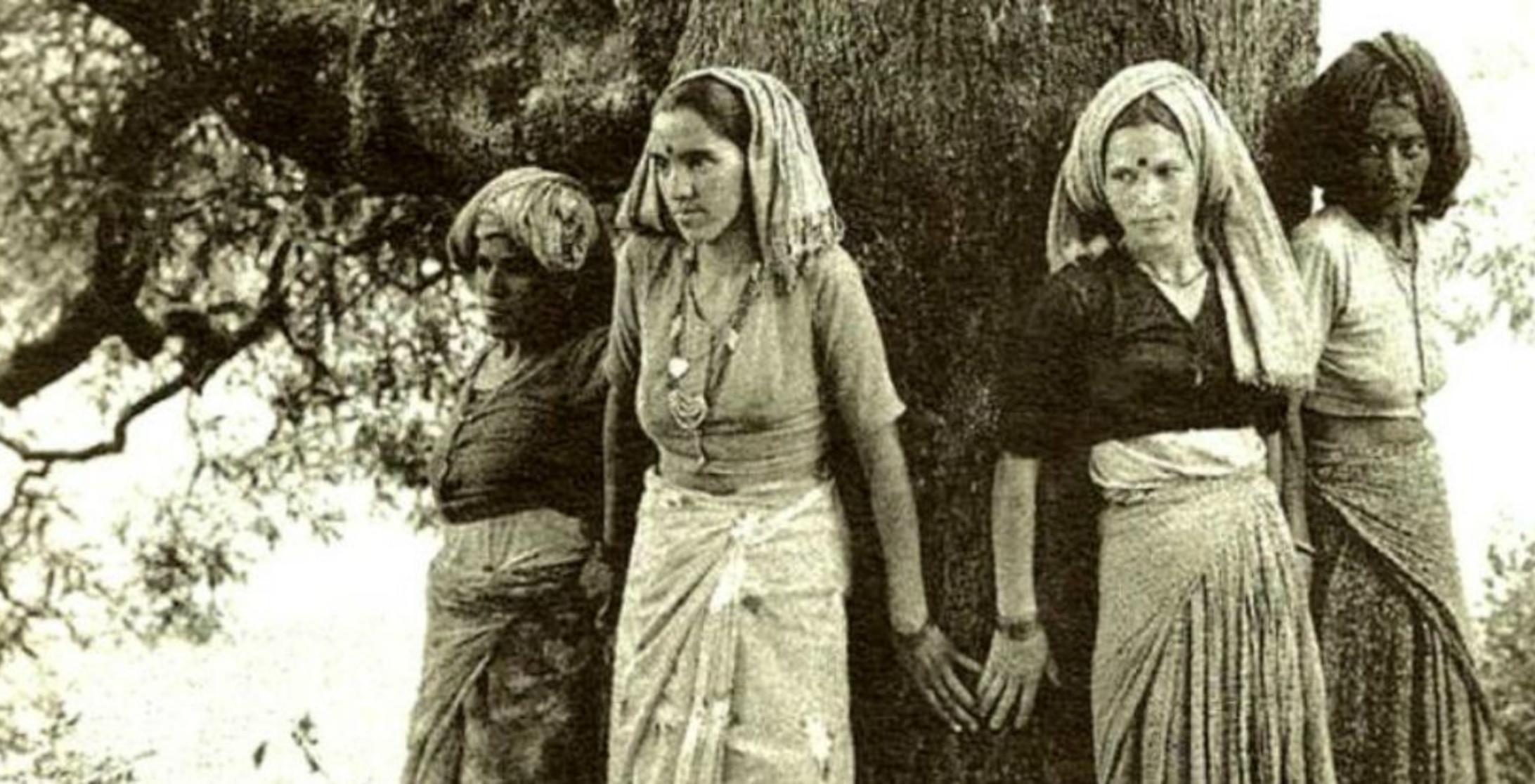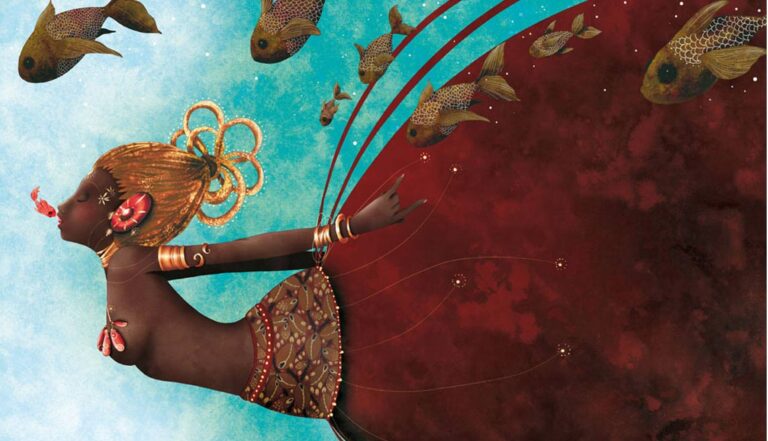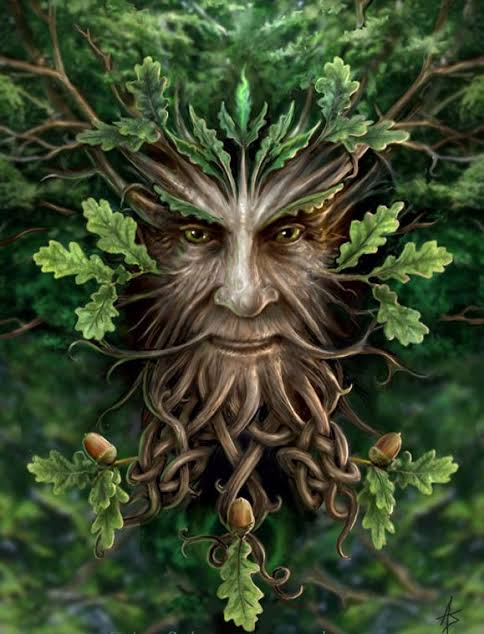In 1987, Ynestra King, a feminist teacher, writer, and historian published an essay titled “What Is Ecofeminism?” in The Nation. She asked all Americans their most important question: how do their belief systems allow for the exploitation of the planet and the ongoing subjugation of women? Ynestra argued that if we are to accomplish significant change, we must understand how our patriarchal and capitalist structures rely on both nature’s and women’s supremacy. In her article, Ynestra made the persuasive case that one cannot be genuinely free if either nature or women are exploited. She is the founder of Women and Life on Earth and the feminist anti-militarist movement, as well as the Committee on Women, Population, and Environment.
First, lets us understand what “ecofeminism” is: Ecofeminism argues that there is a connection between the exploitation of nature and the subjugation of women, as both are seen as subjugated and dominated by the same patriarchal (male-dominated) power structures. Ecofeminism stems from the idea that a woman’s ethics are more in tune with nature and work in collaboration with it. In contrast, men have a hierarchical relationship with nature in which their actions attempt to dominate it.
As ecofeminism matured, the first of multiple schisms emerged. By the late 1980s, ecofeminism had split into radical ecofeminism and cultural ecofeminism. Radical ecofeminism argued that the same power structures that oppress women and nature must be dismantled to achieve true liberation. In contrast, cultural ecofeminism believed that a shift in values, attitudes, and beliefs was necessary to achieve change.
The same groups disagreed on the glorification of nature and the roles that certain practices, such as vegetarianism or organic farming, should have in applying ecofeminist ideals. As a result, the movement has continued to grow and expand to allow for these variations. Most individuals who consider themselves ecofeminists appreciate the broad range of meanings and practices that can be found under the umbrella term of ecofeminism.
In India, ecofeminist Vandana Shiva is a trailblazer who thinks that women have always held the secret to healing society’s numerous issues, particularly environmental ones. As a young woman, Vandana Shiva was instrumental in bringing ecofeminism movements to the forefront in India through her active participation in the Chipko Movement, in which women wrapped themselves around trees to prevent contractors from destroying them. She accuses modern technology of strengthening the patriarchal system and perpetrating violence against women and the environment. According to her, switching to such a lifestyle deviates from the traditional lifestyle, which promotes human-environment harmony, or Prakriti. In this regard, we might consider the “Narmada Bachao Andolan,” in which the direct roles of Medha Patkar and Arundhati Roy aided the movement’s success.
Vandana Shiva – Chipko Movement (image credits: flickr)
Medha Patkar and Arundhati Roy – Narmada Bacho Andolan
Among other key female-led nature conservation movements, the Green Belt Movement was founded in Kenya in 1977 by environmental and political activist Professor Wangari Maathai. Maathai created a rural tree-planting initiative headed by women to help avoid desertification in the area. The campaign established a “green belt” of at least 1,000 trees surrounding villages. It encouraged members to take care of their communities. Because of her contributions towards raising awareness, Wangari Maathai was awarded the Nobel Peace Prize in 2004 and became the first African woman to receive this honor.
Wangari Maathai (image credits: flickr)
It is perhaps also time that Ecofeminism is also looked at beyond the gender paradigm and at the level of the value systems that are encouraged at a societal and individual level. Basically, in every individual, there are two energies they carry inside; masculine and feminine energy. Both energies are not determined by gender, and generally one is more dominant than the other. However, the designation of certain qualities as “masculine” (i.e., logical, assertive, dominant, competitive) and others being “feminine” (i.e., cooperative, flowing, intuitive, caring) is done. What shifts that paradigm, though, is the understanding that those polarities can be completely divorced from our construct of gender and that we all contain myriad, often dynamic, combinations of both. The main point of significance here is that the “feminine” qualities of cooperation, intuition, and caring have been kind of dismissed from our societal, governance, educational and business structures as well as also suppressed at an individual level, both in men and women. Where logic is reigns over intuition and competition over cooperation. This is what has caused an imbalance across the planet because to stay in equilibrium, both kinds of energy are important.
So how does ecofeminism decolonize this violent process of war against life itself, the fight against women, against certain qualities inherent in both genders and in society, and the battle against the future? The solution is simple, removing false assumptions of superiority and separation and the notion that certain races and religions are superior. Ecofeminism allows us to rethink our relationship with nature and with each other. It enables us to move away from a relationship of exploitation and dominance and instead develop a relationship based on respect, understanding, and cooperation. And by doing so, ecofeminism has the potential to create a world in which everyone is seen as equal and valued for their contributions.
References:
- https://en.wikipedia.org/wiki/Wangari_Maathai
- https://eduindex.org/2021/11/12/eco-feminism-in-indian-context/
- https://www.britannica.com/topic/ecofeminism/Ecofeminisms-future
- https://www.britannica.com/topic/ecofeminism
- https://www.mindbodygreen.com/articles/ecofeminism-history-and-principles
- https://www.jstor.org/stable/3810040





Your article helped me a lot, thanks for the information. I also like your blog theme, can you tell me how you did it?
Glad you enjoyed the article!
Very nice post. I just stumbled upon your blog and wanted to say that I’ve really enjoyed browsing your blog posts. In any case I’ll be subscribing to your feed and I hope you write again soon!
Thank you so much for kind words! keep an eye out for more blogs to come!
Cheers!
Do you mind if I quote a couple of your articles as long asI provide credit and sources back to your website?My blog site is in the very same niche as yours and my users would certainly benefit from some of the information you present here.Please let me know if this okay with you. Thanks!
Hey, Glad you enjoyed the blog! Sure as long as you provide credit, it’s totally fine! Thanks
I am truly thankful to the owner of this web site who has shared this fantastic piece of writing at at this place.
Thank You for visiting our website! please subscribe for regular updates